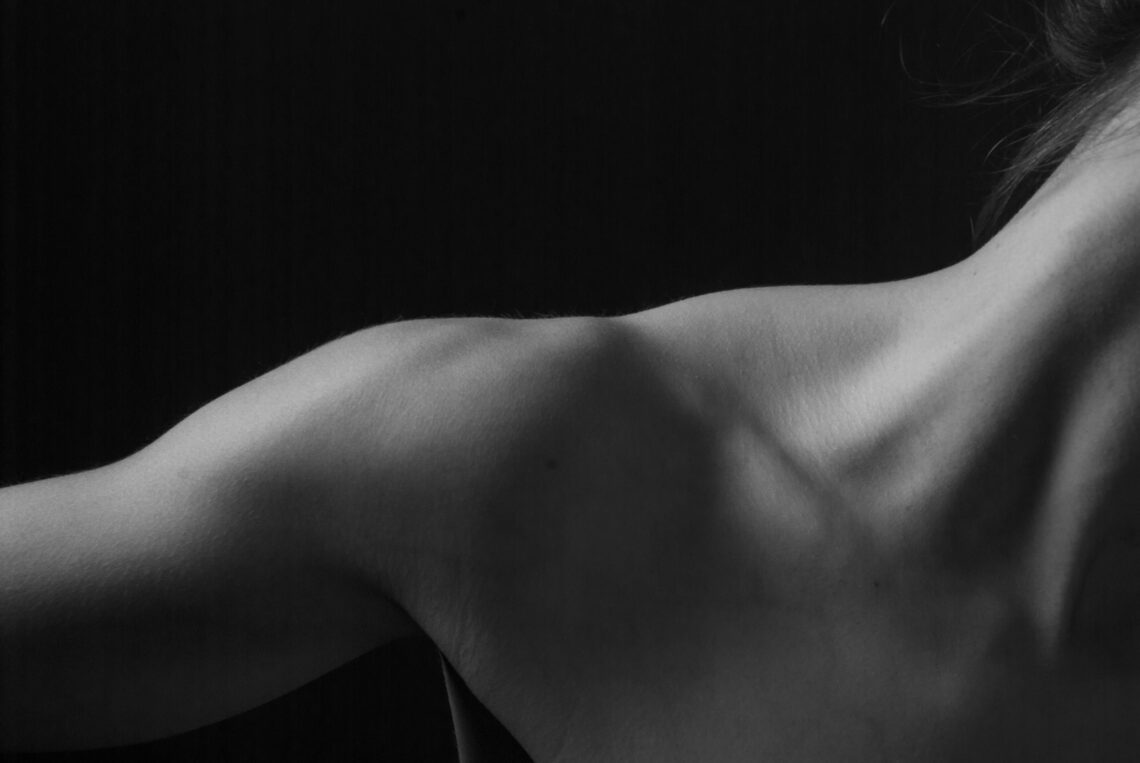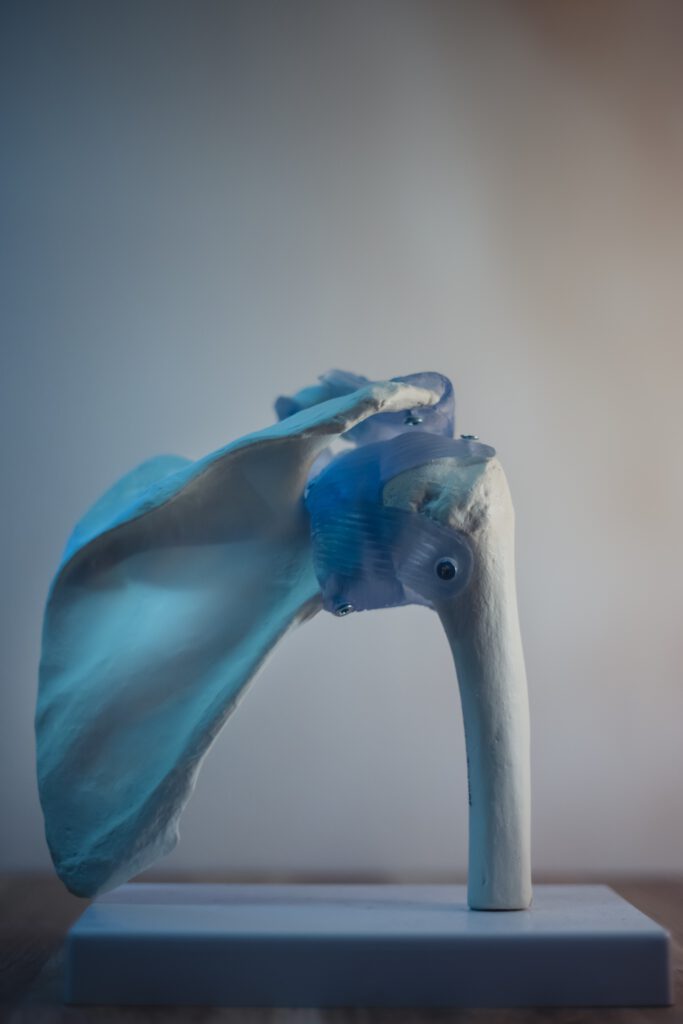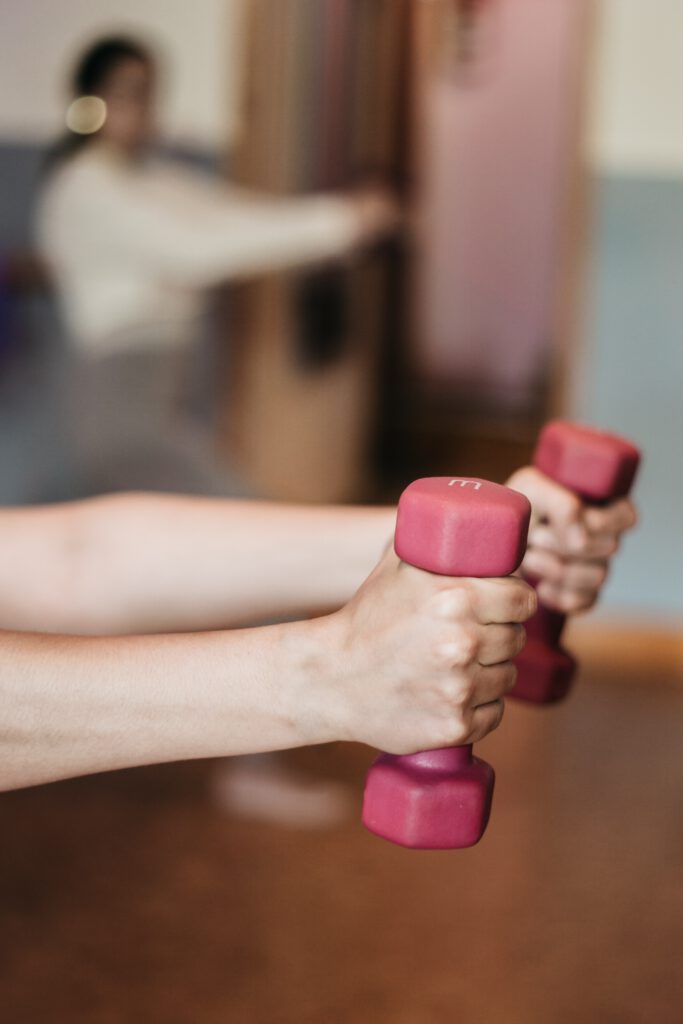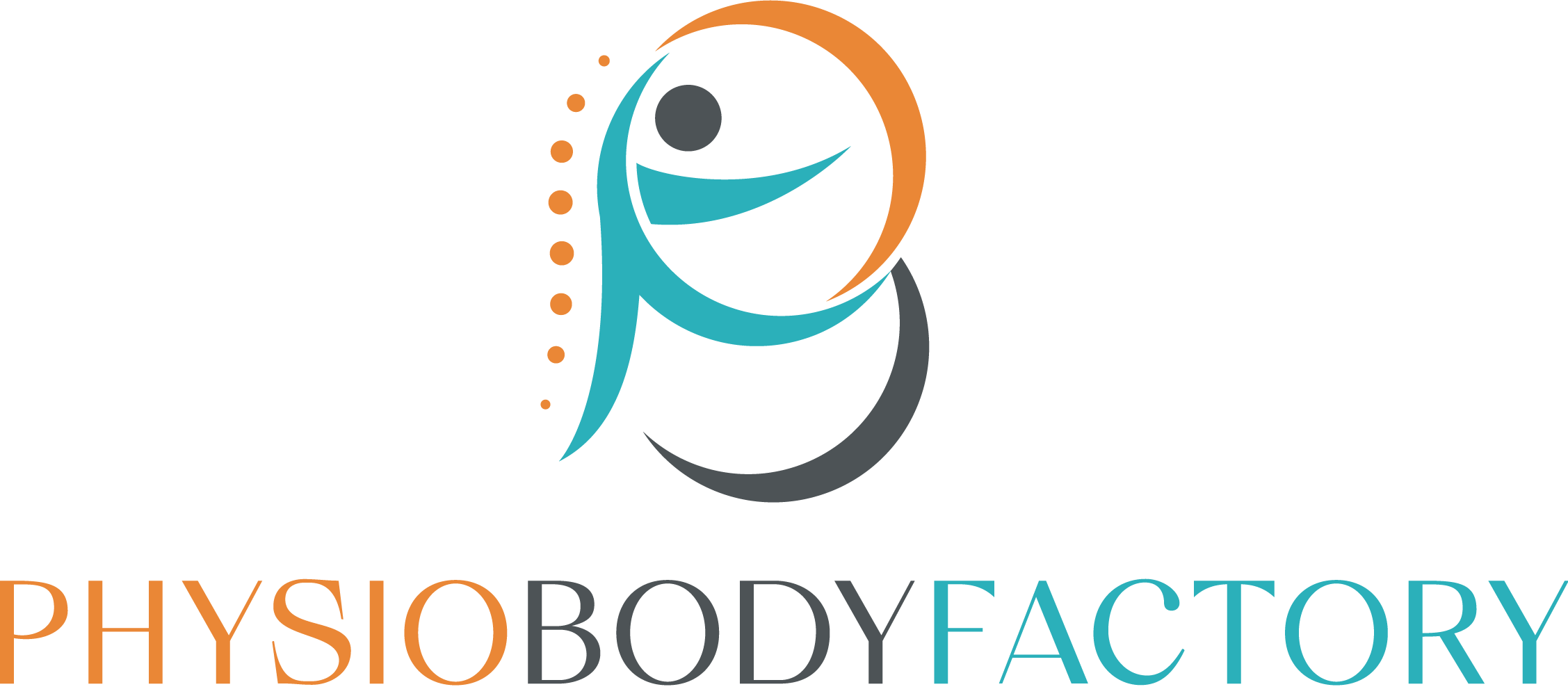
What is the ‘Five P’s model’ ?
Most beginning physiotherapist struggle with the rehabilitation of patients with shoulder pain. Sometimes this could lead to insufficient rehabilitation of these patients. In this blog we will discuss the ‘Five p’s’ model, which you can use as a guidance to a successful shoulder rehabilitation.
The ‘Five p’s’ model, is a model that is used by different (sport)physiotherapists around the world to treat shoulder pain. Originally Jobe (1993)(1) discussed four groups: Pivoters, Protectors, Positioners, and Propellors. Eventually, you can add one more group called the ‘Preparators’ to make it the ‘Five p’s model’.
In this blog we will write everything we know about the ‘Five P’s model’ from what Jobe (1993)(1) stated to how we used it in our practice. After reading this article you should know everything about our way of tackling shoulder rehabilitation processes!
What is the ‘Five p’s model’?

So, what is the ‘Five p’s model’ and where does it come from? First of all, we won’t discuss the physical examination of the shoulder, so always make sure you visit a professional before using this system. However, we use this system for complaints, like shoulder instability, because it targets everything you want to target after a (sub)luxation of the shoulder.
Let’s get back to the topic, the ‘Five p’s model’. As we discussed before, Jobe (1993)(1) began with mentioning four different groups: pivoters, protectors, positioners, and propellors. Eventually, the preparators were added, as these muscles are also of high-importance for sports.
If you follow the rule to train from proximal to distal, you would rank the above stated groups as followed:
1. Preparators
First of all, we will discuss the preparators. The preparators consist out of all the lower extremity and trunk muscles. In experienced athletes we often combine training this group of muscles with the second group and sometimes even with the third group. But, it is still important to know what the preparators are.
As mentioned above, every muscle from the lower extremity and trunk are part of the preparators. It’s important to train these muscles because if you follow the rules of training from proximal to distal, you would know energy transfers from the lower extremities towards the upper extremities.
2. Pivoters
Secondly, the pivoters are muscles that are responsible for the movement of the scapula. In the last couple of years, a lot of research have been done about the scapular movement and shoulder pain.
Kibler (2010)(2) wrote about scapular dyskinesis, which is one of the problems you could see with patients with shoulder pain. Although, this is of high-importance, we will not discuss the subject ‘scapular dyskinesis’ in this blog.
3. Protectors
Thirdly, the protectors are muscles that help centralize the caput humeri (the shoulder bowl). The muscles that are included in this group are the m. subscapularis, m. infraspinatus, m. teres minor and the m. biceps brachii caput longum.
In the original article from Jobe (1993)(1), all the rotator cuff muscles were mentioned. However with the knowledge we have now, we know that the m. biceps brachii caput longum plays an important role in centralizing the caput humeri as well.(4)
4. Positioners
Fourthly, the positioners are as the word says; the muscles that position the humerus in the right location. The muscles that are included as the positioners are the m. deltoideus and the m. supraspinatus.
Jobe (1993)(1) mentioned: “If the deltoids are strengthened and the protectors and pivoters are ignored, either the scapula will lag behind the humeral motion or there will be no fine-tuning of the humeral head in the glenoid.”
This is something to keep in the back of your mind.
5. Propellors
Lastly, the propellors are the muscles that have their origin and insertion far from the glenohumeral joint. The muscles that are seen as the propellors are the m. pectoralis major, m. latissimus dorsi and the m. triceps brachii.
Conclusion

The ‘Five p’s model’ is a model we use for rehabilitation of shoulder instability. It contains rehabilitation in different phases by ranking muscles in 5 different groups; the preparators, pivoters, protectors, positioners, and the propellors. By doing this, you target the shoulder from proximal to distal and try to have the best rehabilitation possible.
We hope you have learned more about the ‘5 p’s model’ by reading this article! Make sure to read our other blogs, such as what the effect are by using and external focus in ACL rehabilitation. Or learn more about the differences between implicit and explicit learning.
Sources
- Jobe, F. W., & Pink, M. (1993). Classification and Treatment of Shoulder Dysfunction in the Overhead Athlete. Journal of Orthopaedic & Sports Physical Therapy, 18(2), 427–432. doi:10.2519/jospt.1993.18.2.427
- Kibler WB, Uhl TL, Maddux JW, Brooks PV, Zeller B, McMullen J. Qualitative clinical evaluation of scapular dysfunction: a reliability study. J Shoulder Elbow Surg. 2002 Nov-Dec;11(6):550-6. doi: 10.1067/mse.2002.126766. PMID: 12469078.
- Kibler WB, Sciascia A. Current concepts: scapular dyskinesis. Br J Sports Med. 2010 Apr;44(5):300-5. doi: 10.1136/bjsm.2009.058834. Epub 2009 Dec 8. PMID: 19996329.
- Egmond, D.L., Schuitemaker R. Extremiteiten Twaalfde druk. Bohn Stafleu van Loghum. 27 Augustus, 2019. ISBN/EAN 9789036822541.
Frequently asked questions (FAQ)
The preparators also the muscles of the lower extremity and trunk.
The pivoters are muscles that are responsible for the movement of the scapula.
The protectors are muscles that help centralize the caput humeri (the shoulder bowl). The muscles that are included in this group are the m. subscapularis, m. infraspinatus, m. teres minor, and the m. biceps brachii caput longum.
The positioners are as the word says the muscles that position the humerus in the space. The muscles that are included as the positioners are the m. deltoideus and the m. supraspinatus.
The propellors are the muscles that have their origin and insertion far from the glenohumeral joint. The muscles that are mentioned are the m. pectoralis major, m. latissimus dorsi, and the m. triceps brachii.


